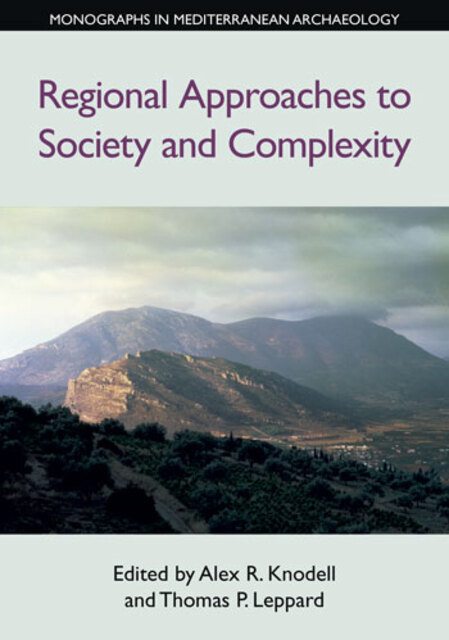Knodell & Leppard/Regional Approaches, 6. Industrial Landscapes, Spatial Politics and Settlement Change in the Roman East

Full description
Many of the most profound contributions of survey archaeology stem from the assumption that changing social practices will be reflected in their material and spatial proxies. When patterns on the ground change, something must have happened to induce the reordering of social, political, and economic relationships that necessitated corresponding changes in where and how people lived. This framework makes survey archaeology a dynamic and flexible tool that is able to contribute to new questions and new theoretical concerns. For scholarship of the Roman empire, the relationship between people and the landscape has never been more critical. New research emphasizes the role of space and spatial practices in establishing new political relationships — a topic right at home in the context of expanding Roman political hegemony throughout the Mediterranean and beyond. Identifying how and where the Roman political and economic apparatus intersected with local populations, and in which ways this resulted in any kind of noticeable change, remains hugely significant for understanding how the empire operated at its basic level. Moreover, imperial things, such as quarries, mines, and monuments, become significant not just as indicators of political change, but as the potential means by which the empire constituted itself in its vast territorial expanse. Such things also reconfigure social and political realities through spatial practices. This paper addresses Roman imperial expansion in the eastern Mediterranean through the application of survey archaeology to industrial zones. The author focuses on industrial landscapes surrounding marble quarries in Greece and Asia Minor to assess how an imperial presence had an effect on settlement dynamics. These settlement trends are compared to settlement data in non-industrial regions to suggest that survey archaeology can provide insight into the methods by which the Roman empire spread, noting variation over time and across space.
- typeImage
- created on
- file formatjpg
- file size35 KB
- container titleRegional Approaches to Society and Complexity
- creatorBradley M. Sekedat
- isbn9781781795859 (eBook)
- publisherEquinox Publishing Ltd.
- publisher placeSheffield, United Kingdom
- rights holderEquinox Publishing Ltd.
- series titleMonographs in Mediterranean Archaeology
- doi
We use cookies to analyze our traffic. Please decide if you are willing to accept cookies from our website. You can change this setting anytime in Privacy Settings.
